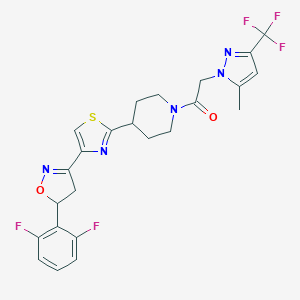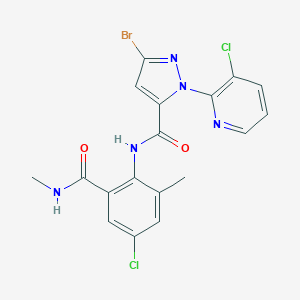Do pesticides cause Parkinson’s disease?
Between 4 and 6 million people around the world are living with Parkinson's disease, as estimated by the National Parkinson Foundation. In the U.S. alone, between 50,000 and 60,000 new cases of the illness are diagnosed every year. Between the uncontrollable muscle movements and the psychiatric toll that the disease takes on patients, individuals may find it difficult to function the same way in everyday life as they did before their diagnoses. Furthermore, currently available remedies can only treat the symptoms and cannot cure the disease. Ultimately, it is the 14th leading cause of death in the U.S.
Various researchers are interested in the risk factors tied to the development of Parkinson's disease. One team of scientists from the University of California, Los Angeles, suggested that various pesticides may increase the incidence of Parkinson's disease among people who carry a certain genetic variant, as published in the journal Neurology.
Pesticides 'can be found on our food supply'
In a previous study, the UCLA authors linked the fungicide benomyl to Parkinson's disease. According to the U.S. Environmental Protection Agency, benomyl was first registered for use in the country in 1969. It was applied to various crops, including apples, pineapples, citrus fruits, pears, stone fruits, brassica vegetables, nuts, sugarcane, strawberries, flowers, shade trees and other plants.
However, over time, researchers discovered various detrimental health effects resulting from benomyl exposure, including evidence of toxicity to the liver, testicles and developing fetus. As of Jan. 15, 2002, all commercial registrations for benomyl were canceled in the U.S., with sales of the preexisting stock ending in 2003.
In January 2013, the UCLA researchers published a paper suggesting that benomyl prevented the enzyme aldehyde dehydrogenase from converting naturally occurring brain toxins known as aldehydes into less toxic compounds. Without this process, dopaminergic neurons in the brain die, and Parkinson's disease will develop.
For the current study, the same scientists decided to investigate the possible links between the neurological disorder and several other pesticides. To do this, they compared 360 Parkinson's disease patients from three agricultural California counties to 816 people who came from the same region and did not have the condition. This data was matched against descriptions of ambient pesticide exposure, as contained in the California Department of Pesticide Regulation.
Results showed that the risk of Parkinson's disease increased because of 11 pesticides that had effects similar to those of benomyl, including:
Maneb
Triflumizole
Captan
Folpet
Dieldrin
Furthermore, the researchers discovered that exposure to these pesticides increased the risk of Parkinson's disease two to six times among individuals who carried a certain variant in the ALDH2, compared to those who did not have this variant. However, the genetic variant alone is not enough to cause Parkinson's disease.
"We were very surprised that so many pesticides inhibited ALDH and at quite low concentrations – concentrations that were way below what was needed for the pesticides to do their job," Jeff Bronstein, a professor of neurology and director of the movement disorders program at UCLA, said in a statement. "These pesticides are pretty ubiquitous and can be found on our food supply. They are used in parks and golf courses and in pest control inside buildings and homes. So this significantly broadens the number of people at risk."
Bronstein and his colleagues suggested that it may be valuable for scientists to develop treatments that promote the actions of the enzyme ALDH or neutralize the effects of aldehydes in the brain. Such approaches may be especially useful among people exposed to pesticides in food and other sources.
What is it like to have Parkinson's disease?
People who have Parkinson's disease experience a degradation of nerve cells that produce dopamine, which is a neurotransmitter that helps regulate body movements and emotions. Symptoms of this condition include uncontrollable shaking when at rest, unusually slow movements, stiffness in the limbs or trunk, and difficulty maintaining balance. Over time, patients may have trouble blinking, swallowing, writing, speaking or making facial expressions. A significant number of people also battle depression, anxiety, sleeping problems and psychosis.
Currently, most treatments are geared toward controlling symptoms and delaying the progression of the disease. These may include dopaminergic drugs, deep brain stimulation and various exercises.
Author: Christopher Boyd, Chem Service Inc - October 2014
What's New from Chem Service
Chem Service Certified Reference Standards
Established in 1962 Chem Service is the largest independent supplier of Analytical Reference Materials and the original source of small quantities of organic chemicals. Chem Service also has over 2,000 Pesticide Standards, including Pesticide Standards for Cannabis in its catalogue. Chem Service offers Custom made Standards manufactured to your specific requirements, all standards are accredited to ISO 17043:2016; ISO/IEC 17025:2005; ISO 9001:2015 Quality Management System.
Over 95% of Chem Services’ neat Standards Grade materials have a purity of 98.0% or greater.
Chem Services’ worldwide customers are found in the chemical, government, food quality, agricultural and life science research communities.
Pesticide Reference Standards recently added to our website:
2,3',4',5-tetrabromodiphenyl ether(BDE 70) Solution (CAS # 446254-39-3)
o,o,o-Tripropyl thiophosphate (CAS # 2272-08-4)
2,6-Dibromobiphenyl ether (BDE 10) Solution (CAS# 51930-04-2)
Uses: Flame retardant
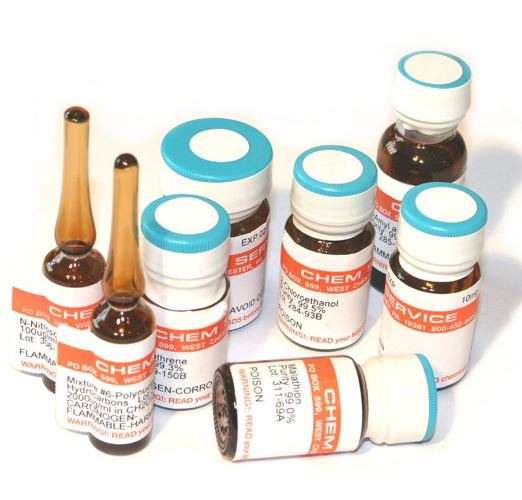
Oxathiapiprolin (CAS# 1003318-67-9)
Part Number : N-14266-10MG
CAS#: 1003318-67-9
Chemical formula: C24H22F5N5O2S
Pesticide type: Fungicide
Substance group: Piperidinyl thiazole isoxazoline
Mode of action: Systemic, preventative with residual disease control. It acts via an oxysterol binding protein.
2-Bromodiphenyl ether (BDE 1) Solution (CAS# 7025-06-1)
Chlorantraniliprole (CAS # 500008-45-7)
Part #: N-11422-25MG
Cas: 500008-45-7
Molecular Formula: C18H14BrCl2N5O2
Pesticide type: Insecticide
Substance group: Anthranilic diamide
Mode of action: Exhibits larvicidal activity as an orally ingested toxicant by targeting and disrupting the Ca2+ balance; Ryanodine receptor (Group 28)
Chlorantraniliprole Solution (CAS # 500008-45-7)
Part Number: S-11422A1-1ML
Cas: 500008-45-7
Please visit our website to see pricing for Chem Service products. You may benefit from a discount to the prices shown if you are placing orders for multiple items, please contact sales@greyhoundchrom.com for a quotation. Please note you will be required to register to the website in order to view prices.
CONTACT US
Tel: +44 (0) 151 649 4000
Email: marketing@greyhoundchrom.com
FOLLOW US
YOU MAY ALSO BE INTERESTED IN OUR NEWSLETTER
About The Author
Susan Massie, Sales & Marketing Director, Greyhound Chromatography and Allied Chemicals Email: sue@greyhoundchrom.com
Susan Massie is the Sales & Marketing Director for Greyhound Chromatography and Allied Chemicals, affectionately known as 'Greyhound' in our scientific community. Greyhound was founded by Susan's husband Paul Massie almost 40 years ago, Susan hasn't been in the business for all of that time but has been involved with Greyhound for over 17 years. Greyhound continues to grow, expanding into new markets and taking on the challenges of our ever changing environment. It's heartwarming to witness the world waking up to the fact that we are damaging our planet on a daily basis. Every action we take has a direct effect on our planet and the world we leave behind for future generations. Susan is passionate about climate change and is happy to work in an industry that can have a direct effect on reducing the impact of our actions on the environment. All of the team at Greyhound take our responsibilities very seriously, the products that we supply are used by the world's leading scientists and chemists as they endeavour to monitor and repair the environment. All is not lost, if we all take responsibility for our actions, from reducing our waste and reusing or recycling our material collateral we can make a difference. The internet is full of useful advice and guidance, Susan is proud to contribute to that wealth of knowledge whenever she can.
Greyhound prides itself on personal service which provides prompt, efficient, cost-effective, safe delivery of all products. Greyhound provides technical advice and distribution of Certified Reference Standards and Materials, Laboratory Consumables, Solvents and Reagents across all scientific disciplines. Greyhound Chromatography offers over 1 Million products from its UK warehouse. The team at Greyhound are proud to support the work of the world's leading scientists and chemists as they challenge the abuse of our planet and try to make a difference to the world we leave behind for our ancestors.
You can view Susan's Linked In Profile here https://www.linkedin.com/in/susan-massie-79ab4121/


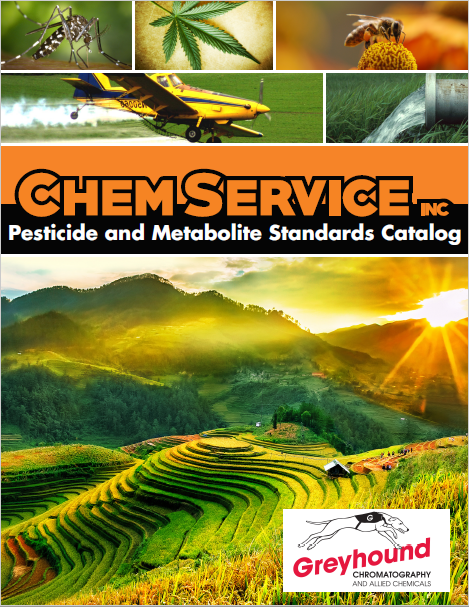
.jpg)
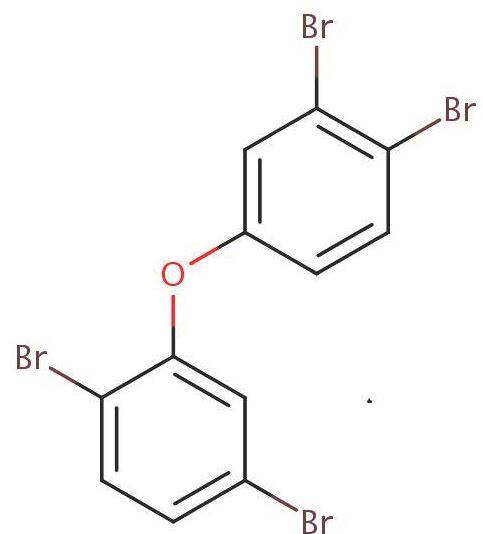

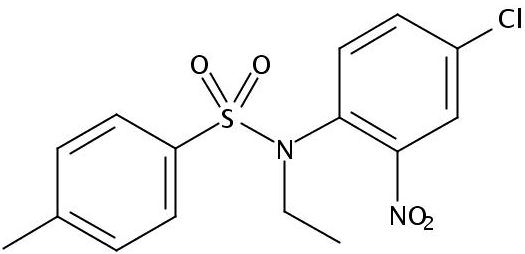
 Solution 3.PNG)
